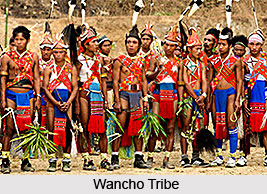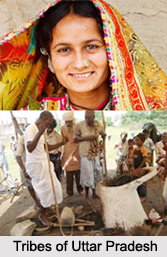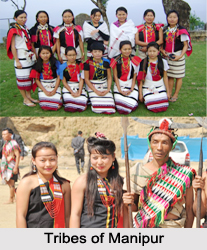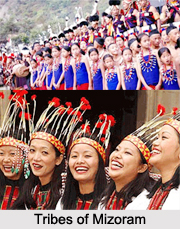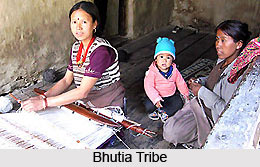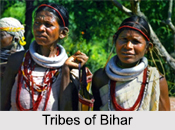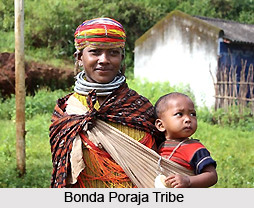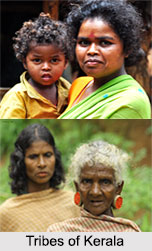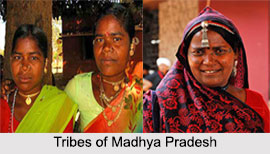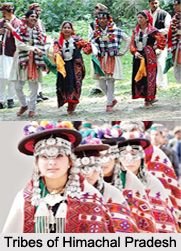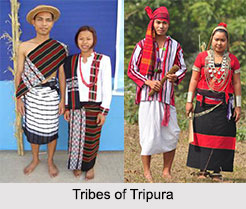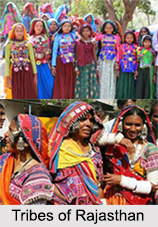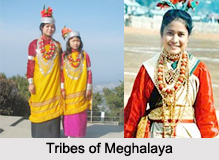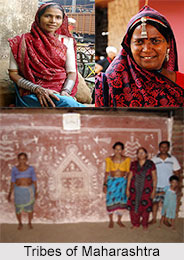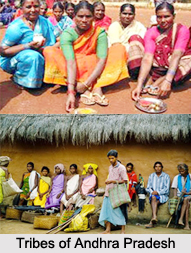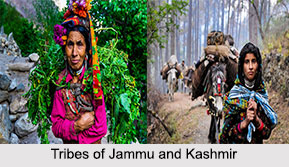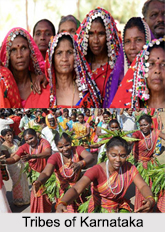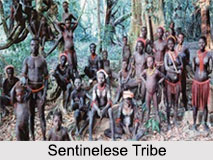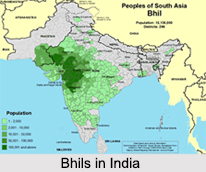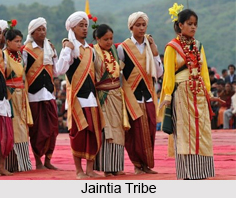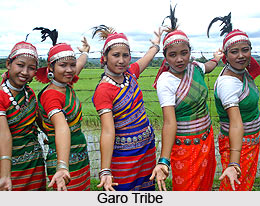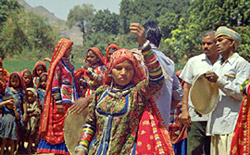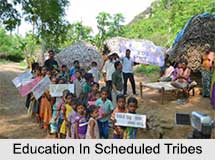 Education in the tribal areas is about informing the Scheduled Tribes and communities about the new innovations in science and technology as well as the development in economic and political fields. Thus education should be productive to the tribal people for the improvement of social and economic position.
Education in the tribal areas is about informing the Scheduled Tribes and communities about the new innovations in science and technology as well as the development in economic and political fields. Thus education should be productive to the tribal people for the improvement of social and economic position.
Constitutional Provisions of Education in Scheduled Tribes
Understanding the significance of education, the Indian constitution has made specific provisions in Article 15(iv) and 46 for promoting education among the scheduled tribes. According to 1981 census, the literacy among the scheduled tribes was 14.58 percent against the general literacy of 31.34 percent. The rate of tribal literacy varies from region to region. There are some important causes for slow-progress in literacy among the tribes. Such causes are as follows.
Problems of Education in Scheduled Tribes
Following are the different problems faced by the Scheduled Tribes people in receiving education:
Lack of Interest in Formal Education
In many states the tribal children are taught with the same books and the content of such books appeals the tribal children who come from different cultural backgrounds. Stories of scientific and technological progress, founders of modern India, history and geography of the country should be taught. National awareness should not be imposed from above or outside, but they should be made aware of it in a systematic method.
Lack of Facilities
Nature of habitat of tribes is also responsible for the slow growth of education. Most of the tribal villages are scattered. This entails long travels to attend schools. School builds in some cases, also plays an important role in the growth of education among the tribal folk. Government planners observe education as essential for helping tribal people to cope with the national incorporation. The Constitution of India, under Article 350A, affirms that every state must provide adequate facilities for instruction of pupils in their mother tongue.
Content and Method of Tribal Education
Tribal youth have exclusive historical and social backgrounds but need special attention and orientation. Many school and college curriculum are either inappropriate to them or offer only negative views of tribal societies. While national and state governments, in theory, offer many benefits, concessions and facilities to tribal students, few of them reach the intended recipients.
